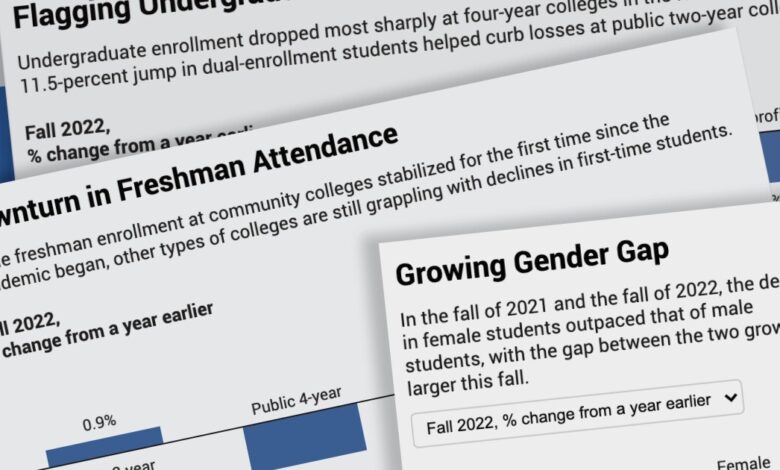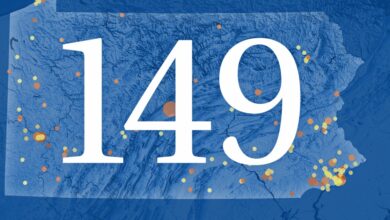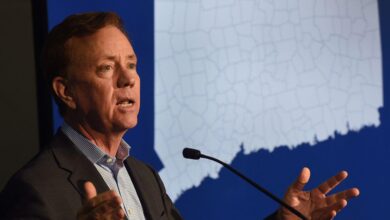Higher Ed’s Enrollment Fell Again This Fall, if a Bit More Slowly

[ad_1]
New data from the National Student Clearinghouse Research Center provides a somber message about college attendance in the fall of 2022: Undergraduate enrollment, under severe pressure since the start of the pandemic, is still on the decline.
While the 1.1-percent dip in undergraduate enrollment this fall was less severe than the drops during the same period in 2020 and 2021, the loss of undergraduate students still hit every sector, according to the data, released on Thursday.
Total enrollment in the fall of 2022 dropped by 1.1 percent as well. While the declines in enrollment have slowed, a return to pre-pandemic attendance levels is far from certain.
“After two straight years of historically large losses in student enrollments, it’s particularly troubling that the numbers are not climbing back at this point, especially among freshmen,” said Doug Shapiro, the center’s executive director, in a call with reporters.
Freshman enrollment declined by 1.5 percent over all this fall, fueled by losses in this group at four-year institutions in every sector. At what the center calls “highly selective colleges,” where at least half of the students who apply are rejected, freshman enrollment was down 5.6 percent after a gain of 10.7 percent in the fall of 2021.
At one point it was hoped that high-school seniors who skipped going to college in 2020 or 2021 — and who thereby drove steep declines in freshman attendance — would enroll in college belatedly. But “there’s not a lot of evidence in these numbers that they’re coming back now,” Shapiro said.
One area of good news was at community colleges, where an uptick of 0.9 percent in the number of first-time students this fall suggests that freshman enrollment seems to have stabilized after pandemic-driven losses that were harshest in this sector.
The enrollment data also reveal a gender gap. The numbers of male and female college students declined this fall, but the drop was much steeper for women. And the difference between the rate of decline for each group has grown.
“This is indicative of some unique challenges facing women students as the pandemic is lingering longer,” said Mikyung Ryu, the center’s director of research publications, in a call with reporters.
For historically Black colleges and universities, enrollment trends this fall appeared to be especially positive, according to the data. Although the number of HBCUs reporting to the center was small, growth in their number of undergraduates — at 2.5 percent — reversed the 1.7-percent decline at those institutions in the fall of 2021.
Colleges where more than 90 percent of students are enrolled online were another bright spot, mainly due to a spike in the number of 18-to-20-year olds. Undergraduate attendance at online colleges was up 3.2 percent from the previous year, among the small number of them that reported data.
The center’s preliminary data, which reflect enrollment as of September 29, are based on 10.3 million students at 62 percent of the institutions that report to the center.
[ad_2]
Source link






